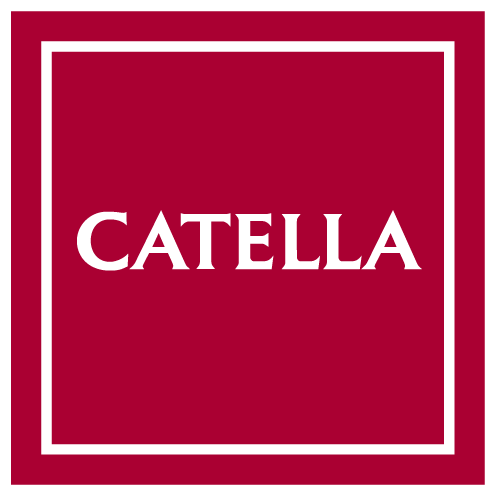Catella applies various management processes and strategies, depending on the product. We have a fundamental approach, and conduct our analysis from a sector perspective. With our actively managed long-only equity funds, Catella Sverige Aktiv Hållbarhet and Catella Småbolagsfond, our teams work closely together to analyse companies, trends and themes in the Nordic stock markets. The fundamental analysis of large and small companies is conducted in a similar way, with the main difference being the consideration of liquidity risks for each company. To be able to justify a higher liquidity risk in a small company, this risk must be reflected in a greater potential upside for the share.
Catella has four long-only managers who are focused on analysing companies in the Swedish stock market and other Nordic stock markets. The managers put a great deal of time into meeting with executive management, external analysts and other portfolio managers to gain a better understanding of individual companies and sectors. This analysis aims to create an appreciation of what drives the share price, as well as the risks and opportunities. We then make our own assessment of a company's profit growth and financial strength, which we set in relation to the overall assessment of the market. The weight we give to an investment in our portfolios depends on an overall assessment of potential, confidence and risk, their impact on the total composition of risk in the portfolio, and, above all, the potential for a company to exceed the market's expectations of profit and growth.
Our sustainability efforts are a natural part of the portfolio management and a fundamental requirement for all Catella funds. All companies have varying degrees of exposure to sustainability risks, depending on their industry, geographical spread and ownership, which can lead to both significant price risks and opportunities. By focusing on sustainability aspects in combination with financial analysis, we can increase our accuracy when assessing a company's growth and financial results. We draw a red line when it comes to companies that produce products that create or exacerbate a global challenge. We therefore exclude companies that produce tobacco, alcohol, commercial gambling, weapons, fossil fuels and coal. We also exclude all companies that violate international standards and conventions.
Our funds contain some of the same names, such as Tomra, which can be found in both the portfolios. Tomra is driven by strong structural and sustainable trends and has been an obvious element in both portfolios for a long time. There is increasing demand for solutions to improve the collection and recovery of plastics in the wake of new regulations and changing attitudes, and Tomra is able to deliver a commercial response with its reverse vending and sorting machinery. On the same theme, we also share investments in forest-related companies such as SCA and Billerud. In other investments, we may share same view of thematic driving forces but buy into different companies given the different profiles of the funds. One such example is the theme and growth of sustainable and automated production. Catella Sverige Aktiv Hållbarhet has applied this theme by taking a position in Hexagon, which supplies measuring instruments and other solutions that improve precision in an increasingly automated manufacturing industry. However, Hexagon is too large for the small-cap Catella Småbolagsfond, which has instead invested in Troax, which addresses the growing safety issue of robots working side by side with people on the factory floor. This means that the same theme can be applied to both funds despite different requirements and asset types.
We have a number of ways to measure how actively we manage the portfolios, and one such key figure that describes the level of activity is known as active share. Active share offers a picture of the proportion of the fund's holdings that deviate from the fund's benchmark index. This key figure is given as a percentage, and the higher the percentage the greater the deviation. Zero percent active share means that the fund has exactly the same holdings and the same distribution of holdings as the benchmark index. Another important concept is the key figure known as tracking error, which illustrates how much the fund's return fluctuates in value in relation to its benchmark index. This measure is also given as a percentage. The table below shows both these key figures for our two actively managed equity funds.
| Fund | Active Share | Tracking error |
|---|---|---|
| Catella Sverige Aktiv Hållbarhet | 59 | 2,4 |
| Catella Småbolagsfond | 72 | 5 |
2-year weekly data annualised (30 April 2019)
Our active management aims exceed the benchmarks (SIX-RX and Carnegie Small Cap) over time, and crucial to success are experience, focus and cooperation, both within the portfolio management team and with other parts of Catella Fonder.
Remember that past performance is not a guarantee of future returns, and you can read more here about how we work with portfolio design.

